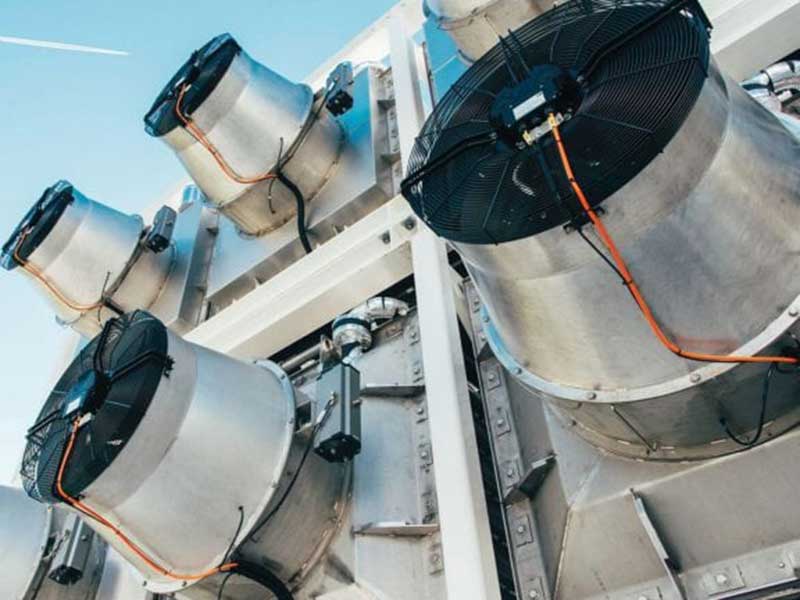Power plant in Iceland turns CO2 into rock

40 trillion kilograms. That's a lot of weight, isn't it? That's how many kilograms of carbon dioxide are produced and emitted by the activities we humans do. The damage we humans are doing to the environment is growing. For example, the gases released by cars are exacerbating the problem. Consequently, the greenhouse effect is increasing global temperatures. As a result, it is becoming clear that it will be difficult to comply with the Paris climate change agreement, which calls for global temperatures to rise by a maximum of 1.5 to 2 degrees by the end of the century.
However, there is a well-supported movement working hard to reduce these CO2 emissions. Human effort coupled with technological advances is enabling the fight to bear fruit, and technologies that were not so long ago indispensable are being invented. The interest of entrepreneurial billionaires such as Bill Gates and Edgar Bronfman has led to the creation of more companies dealing with this issue. One such company is the Swiss company Climeworks which is working towards the sustainability of the planet. One of the advances they have made is in Iceland, and you can find out more about it below.
The plant in Iceland with negative emissions.
Iceland is home to the only power plant in the worldthat has a negative CO2 emission. It is located twenty-five kilometres from ReykjavikThe plant is located in Hellisheidi. Apart from emitting no polluting gases, this geothermal plant captures the gases to prevent them from escaping into the atmosphere. It should be noted that the plant is still being tested, and is only capable of preventing the pollution of 50 tonnes, which is similar to the amount that a household in the United States pollutes per year. The fact that the initiative is still in a pilot phase is mainly due to two reasons. On the one hand, its high cost. On the other hand, not all scientists have so far agreed on the direction to take. There were many who hoped to control emissions of pollutant gases, but the situation has called for more urgent action. This novel technology opens the door to a new approach to combating climate change.and works as follows.

How does it work?
This machine captures carbon dioxide molecules in the air, as if they were trees.. It is desirable that they are located close to polluting companies or factories. The reason for this proximity is easy to understand with the following example: if we have ten jelly beans in a bag, one of them is a heart and we want to eat it, it is relatively easy to find it. However, if we let it escape and it gets mixed in with thousands and millions of sweets, catching it will be very complicated. So, if these machines are placed near the factories that pollute, the process will be simpler, and consequently cheaper economically speaking. Accordingly, a geothermal plant in Iceland is being tested, where carbon dioxide emissions are close to 3%. And I'm sure you are now wondering, what is done with those captured carbon dioxide particles. The plant being tested in Iceland has a solution for that too.
What to do with the CO2 captured?
The technique, explained in a simple way, consists of putting all the particles in rocks, and thus storing them.. In a study carried out by scientists in 2016, they found that carbon dioxide is mineralised when it comes into contact with some of the carbon dioxide in the atmosphere. basaltic rocks. Normally, these rocks are found on the ocean floor and are very expensive to reach. However, Iceland's unique geology made it possible to speed up the process considerably. As a result, the CO2 particles mentioned above, end up locked inside the minerals underground.. Basaltic rock is very abundant in the earth, so if this technology were to succeed, it would prevent decades of pollution. Furthermore, once the particles are mineralised, they can never come into contact with the atmosphere again.
Fastpacking is not about going faster. It's about going lighter.
If you come from classic trekking, this is the next step: learning to move with less weight,
more fluid and enjoying every kilometre more.
Join the channel and start discovering what lightness feels like.
